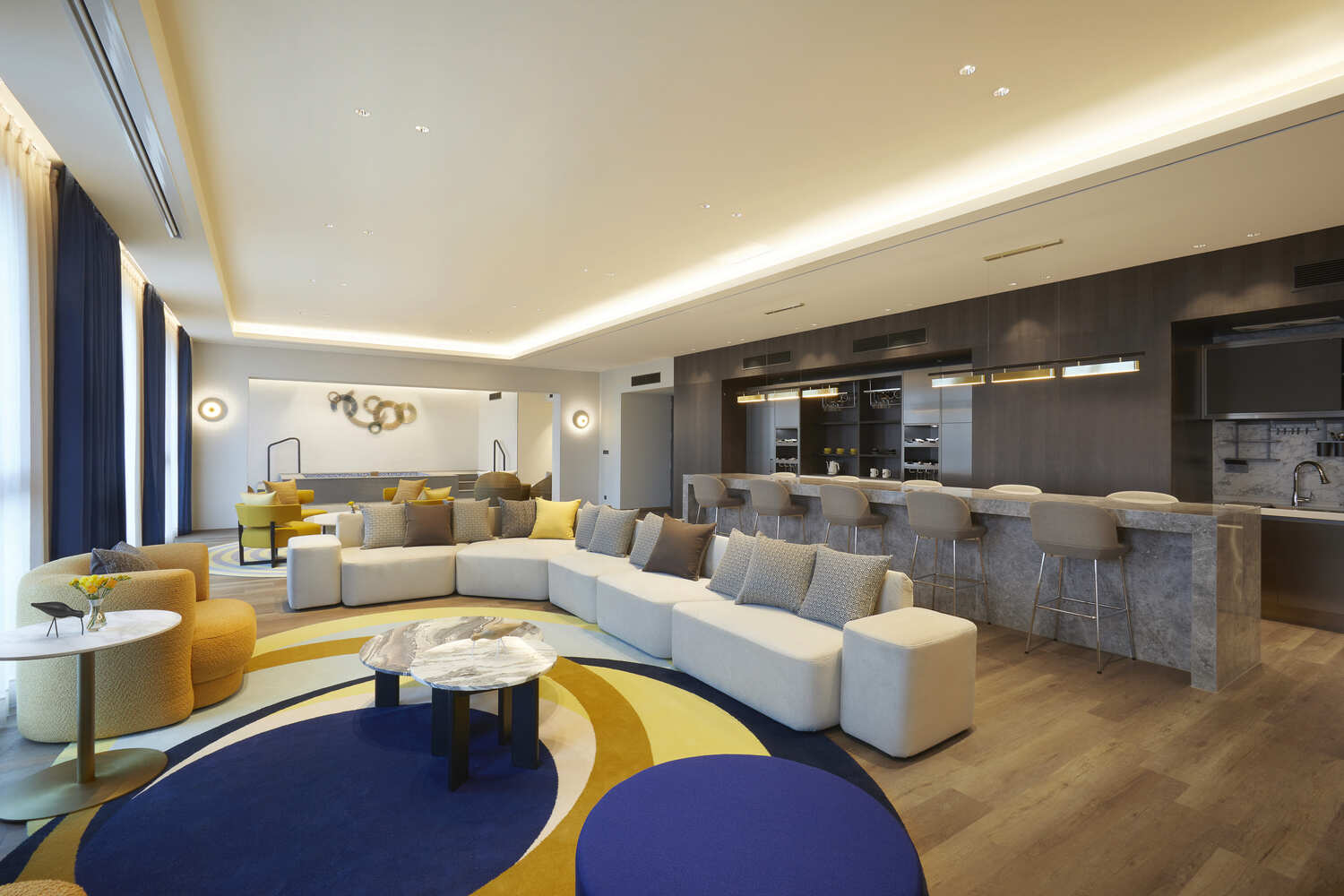

| CANVAS OF PLANS & DRAWINGS |
INTERIOR & DÉCOR, but with a twist |
| HOTELS & RESTAURANTS, beyond mainstream |
Notes on ART |
| Into big AFFAIRS | INSIDERS |
| GLIMPSES | |
Keywords:


For a new generation of global travellers, authentic hospitality is no longer about faithfully reproducing tradition. Instead, it’s about reinterpreting heritage with a contemporary sensibility –something that resonates with nostalgic memory while also sparking curiosity.
Korean heritage, in particular, has always been shaped by adaptation, influenced by neighbouring cultures like China and Japan, and later by the West after the Korean War. This history of transformation gives us a framework for creating hospitality spaces that feel deeply rooted yet open to the world.
Authenticity, then, is not something to be preserved in amber.. At Studio Eccentric, we approach heritage as a living framework – something fluid, constantly reshaped through design. By reimagining traditional forms, colours, textures, and details in fresh, unexpected ways, we aim to craft experiences that feel unmistakably Korean yet excitingly contemporary – an authenticity that speaks to today’s travellers.




